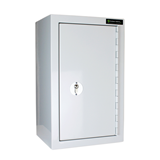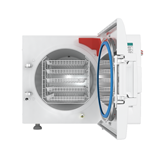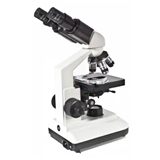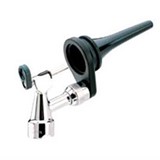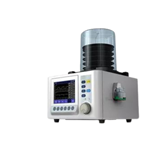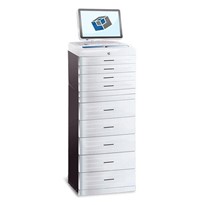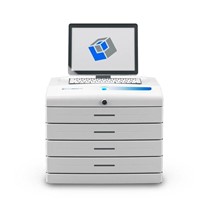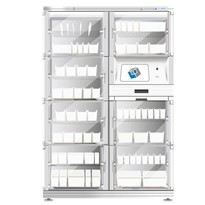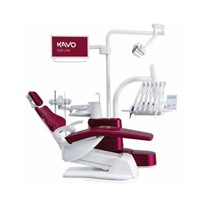Researchers from the Centers for Disease Control concluded that, from 1976—2015, veterinarians were 2-4 times as likely to die from suicide as were members of the U.S. general population (J Am Vet Med Assoc 2019;254:104-112).
For both male and female veterinarians, those in clinical positions often used pharmaceuticals. Limiting access to lethal means is effective, as the data show that most people don’t opt for another method. “The findings of this study suggest the importance of controlling access to lethal methods in occupations where these are readily available,” the authors concluded.
Dr. Suzanne E. Tomasi, an epidemiologist at NIOSH and lead researcher on the CDC study, believes that “changing administrative controls that change how clinics view and access the drug box could be an immediate lifesaving change for a certain percentage of the profession.” ~ Journal of the American Veterinary Medical Association (JAVMA), January 2020
Why Safe Handling
Over the past decade, the opioid epidemic has created a host of challenges for veterinary practices. A host of ‘controlled substances’ and other powerful medications are used every day in veterinary practices for sedation and pain control. They are carefully regulated.
Unfortunately, these medications have increasingly become a target for theft and misuse (known as diversion), endangering our practice staff as well as members of the community.
The Safe Handling Method counters the increased risk posed by controlled substances with hospital-grade technology, comprehensive employee screening, and required training for our clinical staff.
The Safe Handling charge that appears on your statement reflects that investment and is necessary to keep your pet, our staff and our community safe.
Safe Handling is a necessary and welcome change for our industry
We’ve known for some time that there was growing risk from poorly managed medications, as evident in a recent survey of veterinarians.
November 20, 2019, by Lee S. Newman, MD, MA; Liliana Tenney, MPH; and Julie Tisdale-Pardi, MA
- 13% of surveyed veterinarians were aware that an animal owner had intentionally made an animal ill, injured an animal, or made an animal seem ill or injured to obtain opioid medications.
- 44% were aware of opioid abuse or misuse by either a client or a veterinary practice staff member.
- 12% were aware of veterinary staff opioid abuse and diversion.
- 73% indicated that their veterinary medical school training on opioid abuse or misuse was either fair, poor, or absent.
- 64% said that they had not completed continuing education on best practices for prescribing opioids since entering practice.
What goes into Safe Handling?
There are several core elements of the Safe Handling method for controlled medications, all intended to keep your pet and our team safe.
- Biometric ID Access
to controlled substances in the practice is safeguarded by fingerprint identification. This is more secure than keys, passwords, or lock combinations, which can be shared. - Single-item Access
Each of our sensitive medications has its own individually locked compartment, with traditional lockboxes, every drug in the hospital is behind a single door. - Witness Requirement
Two different staff members are required to access our most sensitive drugs, protecting against dosing errors, theft, and abuse. - Computerised Dispensing
Having a computerised system physically dispense each medication helps eliminate selection and dosing errors. - Automated Logs
All practitioners are to report on every dose of S8 controlled substances. - State Training & Licensing
Many states mandate several hours of Continuing Education on opioid safety, and some states require licensing. - Prescription Reporting
Daily submission of prescriptions filled through our pharmacy to the state’s Prescription Drug Monitoring Program



